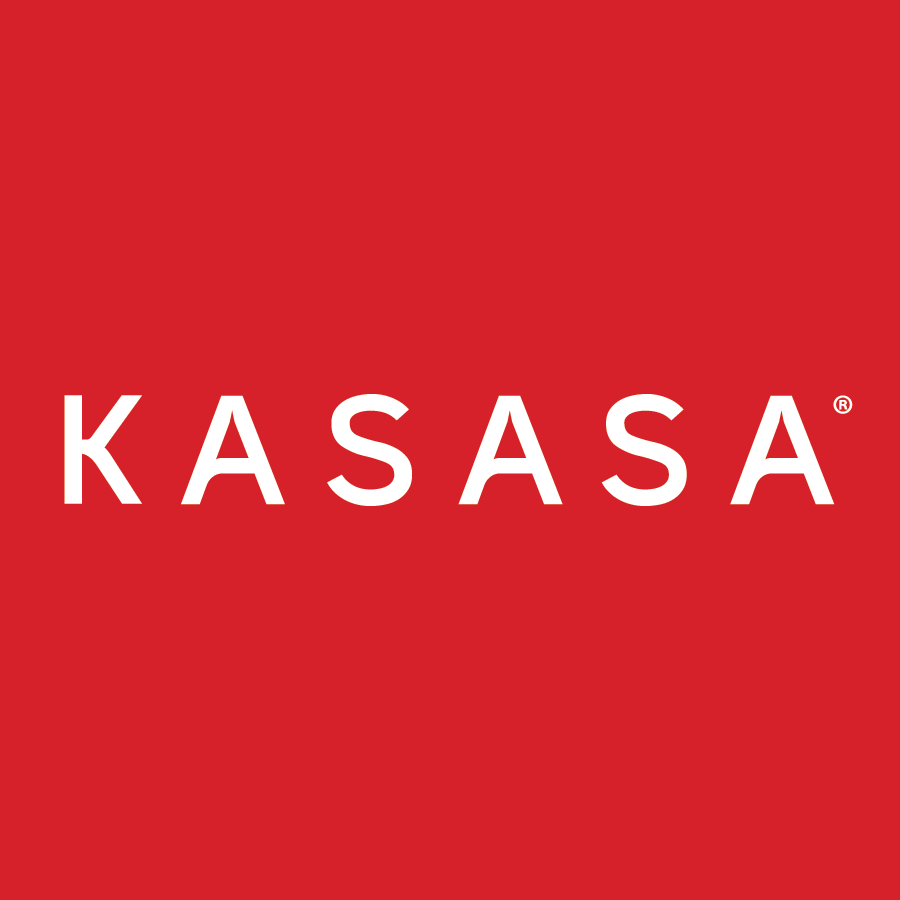Why are bankers (and borrowers) settling for the mortgage status quo?
Borrowers have told us they want three things from a loan: transparency, flexibility, and control. Those are three things that most traditional mortgages don’t provide. But what if they did?
It’s time to change the way we as an industry think about mortgages. Investing in user experience and delivering on the values above will be critical for community financial institutions as they compete with big banks and online offerings. And, done right, a mortgage can be an opportunity to create 30-year relationships with consumers. Here’s where mortgages are today and how you can leverage them better.
Consumers are buying homes as you’re reading this...by the millions.
Blame it on quarantine fever or the low rate race, but consumers have been buying homes more this year than last year — all since the pandemic hit and the Fed lowered rates. Fannie Mae says mortgage lending will likely end up $1 trillion higher in 2020 than 2019. That’s the highest number since 2003.
According to Redfin, in May of this year, homebuying demand was 5.5% higher than it was pre-pandemic. And that’s remained steady throughout the summer, along with increases in home refinancing if Google search terms are any indication (hint, they are).
But don’t automatically expect a borrower to refinance with you. Especially if you’re not differentiating your product or offering superior service than the competition. Only one in five borrowers refinanced with the same servicer in the fourth quarter of 2019, down from a third of borrowers previously.
Big banks might have a leg up when it comes to rate.
Bank of America, Chase, and Wells Fargo are all big competition when it comes to mortgages — even though consumers can’t stand their service and practices. The fact is, since most mortgages seem the same, borrowers will gravitate towards the lowest rate. Generally, big banks can afford to go lower on rate than most community financial institutions, putting them at an advantage.
Local banks and credit unions need a differentiator to stand out from the competition on something other than rate, such as a special feature, innovative technology, or the experience.
Here are five ways to start reshaping the way you think about mortgages.
1. Differentiating your product
Mortgages essentially haven’t innovated since the 1950s. It's time to change that. Rate shouldn’t be the only thing you have to compete on. The Take-Back Mortgage™, for example, will give consumers the ability to pay ahead on their mortgage and then access those funds later if they need them. It will attract borrowers with a feature they can’t get at the megas.
2. Providing the technology consumers need
Technology is a vital part of people’s lives, even more so today than ever. If a person can buy groceries, have a doctor’s appointment, and get a preview of what’s in their physical mailbox all through their mobile device, they’re going to expect that to carry over to their banking too.
Banks like Chase are already providing a mobile-responsive dashboard feature for their mortgages, and soon, it will be an industry standard. Kasasa mortgages will include an intuitive dashboard that educates borrowers on their loan and provides consistent engagement throughout the life of it. In fact, 49% of consumers say they would access their personal dashboard at least weekly during the life of their mortgage.*
3. Giving borrowers a superior user experience
Disney, Uber, Netflix, Spotify — all titans of industry that have one thing in common: a stellar user experience that goes above and beyond what their competition offers. Take note from these companies and invest in delivering a consumer-centric mortgage experience from beginning to end.
4. Creating lifelong relationships
The points above all contribute to one simple idea: engagement. Engaging consumers with a mortgage product is the only way to turn what could have been a one-and-done deal into something much more. The trick is doing it without adding administrative burden to your team through long-term loan servicing.
5. Cross-selling for the life of the mortgage
Once you’ve built the relationship, don’t let it go cold. A long-term loan like a mortgage provides year after year for you to market your products according to your borrower’s current life stage. That’s nearly endless opportunities of future profit based on one relationship.
It boils down to this: consumers deserve a better mortgage product. And community financial institutions deserve a better mortgage product too — one they can leverage for future opportunities. To stick with the status quo is selling your institution and your borrowers short.
*Kasasa-commissioned national study, September 2018.



